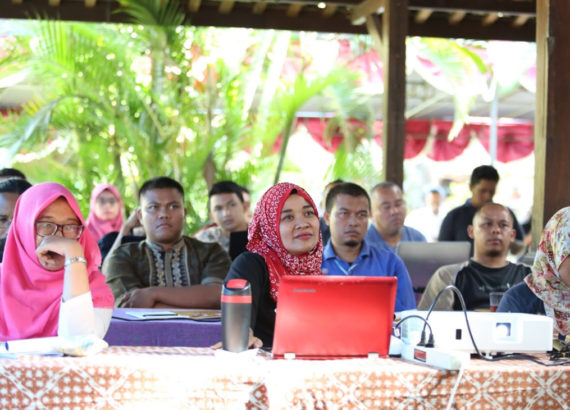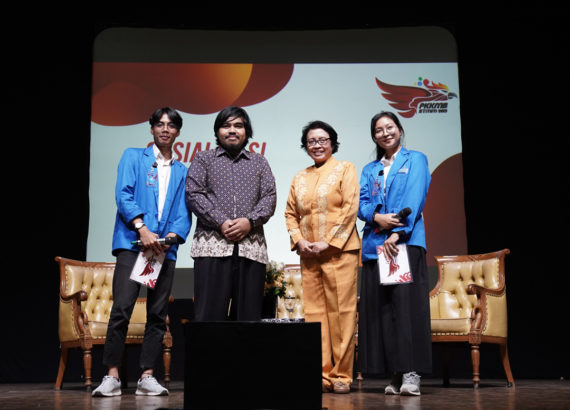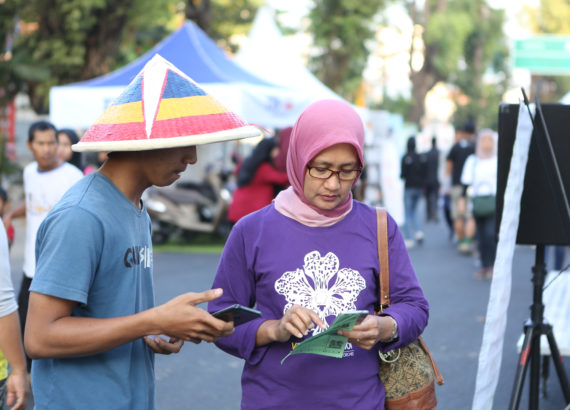
Hoax refers to false digital information manipulated and disseminated as the truth. As hoax becomes a global issue, Indonesia is currently experiencing the spread and potential danger of hoax. Hoaxes regarding vaccines-related deaths dropped the rate of Rubella immunization program (2018). Hoaxes on natural disaster such as upcoming earthquakes and tsunami created panic (2018). Meanwhile, hoaxes regarding inter-religion dispute sparked hate speech and fuelled social unrest. This tragedy have burnt some part of Tanjung Balai city (2016). Two studies have confirmed Indonesia’s misinformation situation. According to MASTEL Research in cooperation with Ministry of Education of Indonesia (2017), more than 44.03% of the population received hoax daily. There are 3-5 false information these people receive every single day. An annual significant increase of hoax has been found by Mafindo Research Team. In 2016, there were 33 hoax every month circulating digitally. The number nearly tripled to 83 hoax each month in 2018.
In term of digital landscape, Indonesia becomes the biggest users of social media in Asia Pacific. Global Web Index in 2017 reported that Indonesian spent averagely 8 hours browsing the internet and 3 hours in social media daily. YouTube, Facebook, and WhatsApp users are the most active ones. With more than 130 million Facebook in 2018, the users age range varies. There are 46 million users in the age range of 18-24 years old, 39 million users of 25-34 years old, and 23 million users of 11-17 years old. However, this high digital penetration has no parallel with the increase of media and information literacy. Effort to reduce hoax by monitoring social media timeline is not enough. A long term and impactful initiative is needed to create agents of social change.
Bridging volunteerism with the pursuit of hoax awareness and fact checking ability for people have always Mafindo’s main concern since 2016. This program particularly focuses on raising awareness and fact-checking skill for young people and housewives in many parts of Indonesia. They would later become social agents of change.








